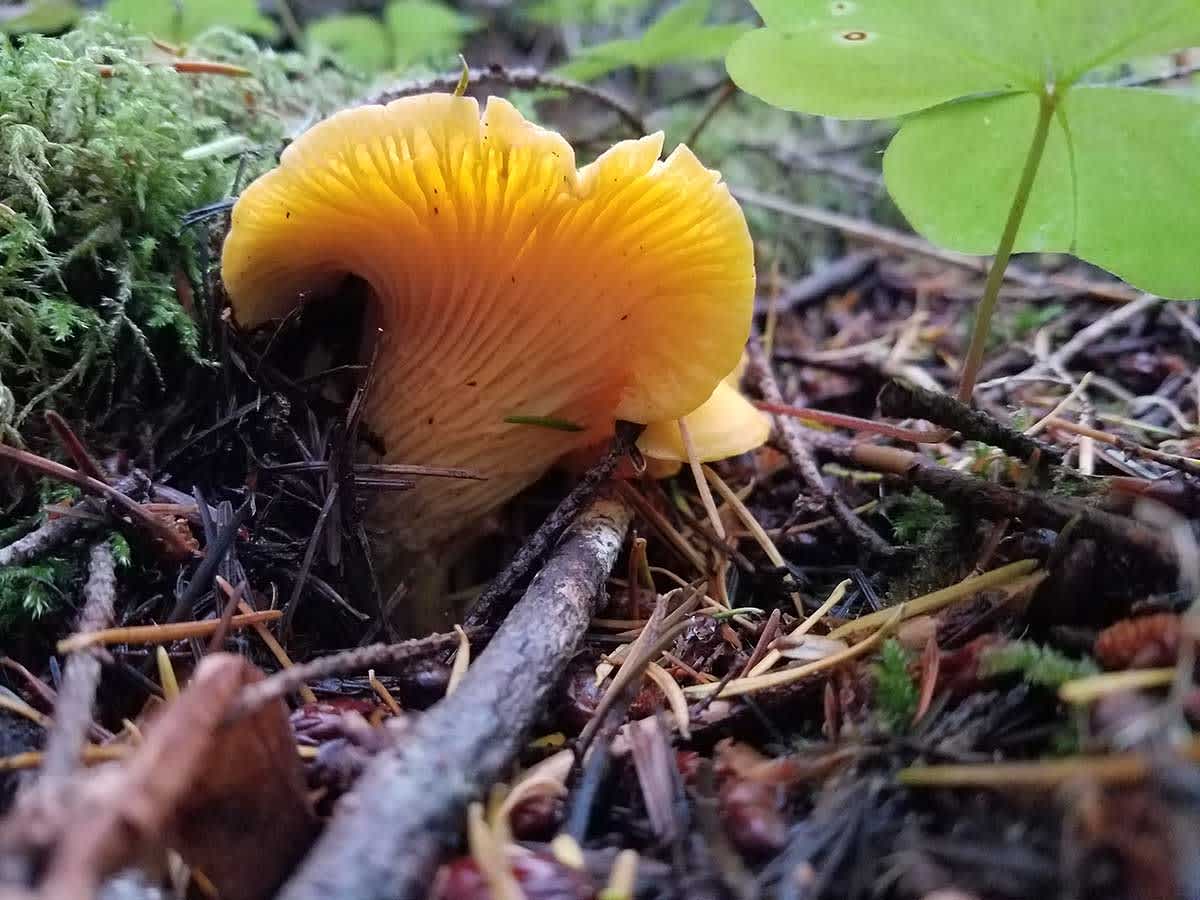Tips for Better Mushroom Hunting
Randall Bonner 10.13.17

Rains that appear early during fall paired with periods of warm, dry weather, are ideal conditions for producing some of the season’s first flushes of wild mushrooms. Sulphur shelf, or “Chicken of the Woods,” along with lobster mushrooms, and the ever popular white and yellow chantrelles, begin to show in increasing numbers. Some pigs ear, bolete and coral mushrooms follow, rising from the substrate of the forest floor. As the season progresses into winter, hedgehog and yellowfoot chanterelles begin to show themselves.

Chantrelles are one of the most common varieties, and there is an abundance of them along the Pacific Northwest coast range at higher elevations — closer to the coast early in the season, and further inland as rains progress. When you stumble upon one, stop and look around in your immediate area. Where there’s one, there’s probably more. Be careful not to trample several other mushrooms while zeroing in on your first find. Look for mossy areas under old growth, evergreen debris, and where salal grows.

While having enough rain for the moisture to penetrate the soil is vital to activating the mcyelium, you will find that some mushrooms that are more exposed to the elements tend to deteriorate, become moldy, soggy and inedible. The best days for harvesting are during periods of warmer weather, after rains have saturated the soil enough that it still remains damp.


When the ground is really wet, look underneath the gaps of fallen logs that have made contact with the forest floor. The areas in which the log shields the ground from rain creates a dryer environment that will produce firmer mushrooms that tend to keep longer. When the ground is dry, look for slopes that don’t get as much sunlight and won’t dry out as quickly, or areas near springs or streams.

Here are a few more tips when looking for mushrooms:
- Be aware of your surroundings; keep in mind that it’s fairly easy to wander onto private property on accident if you don’t know your boundaries. Check your local regulations on harvesting and entry permits for public lands.
- Keep in mind that a lot of public land is also used for hunting, so wear bright-colored clothing (i.e. a blaze-orange hat and vest) and try to avoid areas where it appears someone else might be exploring.
- Do not consume any mushrooms you can’t identify with confidence. Learn to identify not only your target species, but lookalikes as well.
- Don’t forget to look up. It’s easy to spend the day focused on the ground beneath you and miss out on a lot of scenery, as well other wild edibles such as huckleberries and elderberries that appear during early fall.
- If the quality of your find is in question, employ rule of “When in doubt, toss it out.”
- While on your hike, keep track of time and your path so you don’t get lost in the woods after dark. If you are unsure about how long your hike will be, bring a headlamp or flashlight.


